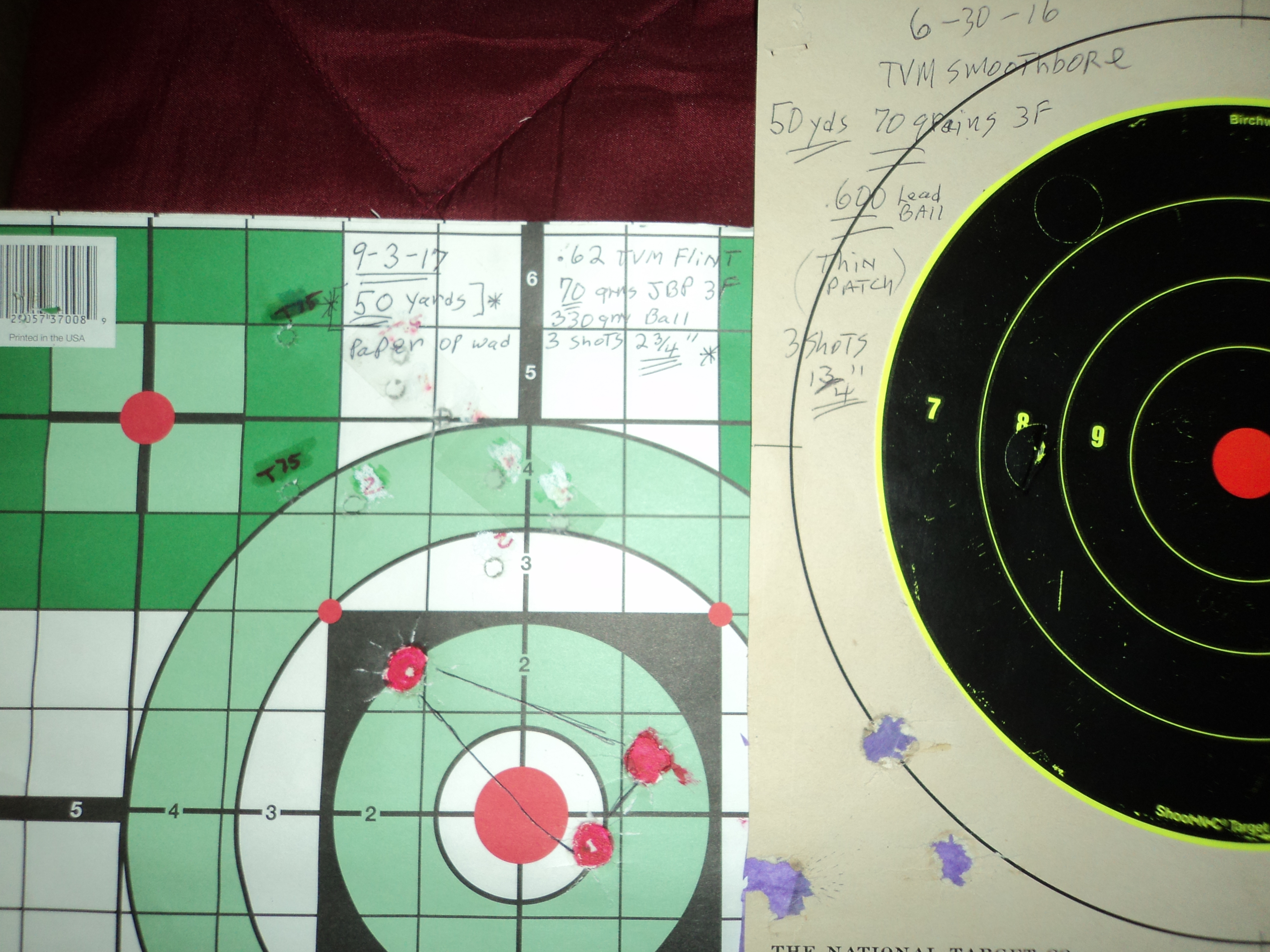I have seen it written many times regarding a fowling piece that it is "not for round balls" because the "barrel is too thin". I don't understand this. Balls are usually less mass than a typical load of lead shot for a given gauge, so I cannot see how pressure would be a concern, nor excessive recoil from round ball loads vs. a shot payload. Fowling pieces are generally lighter overall than muskets or military smoothbores, but again, I do not see how that makes any difference whether one could effectively use a round ball in one. Trade guns, particularly the French ones, had paper-thin barrels yet were probably used more with round balls than shot.
So when someone says "That barrel is very thin, I wouldn't shoot round balls in it.", my question is "Why not?"
So when someone says "That barrel is very thin, I wouldn't shoot round balls in it.", my question is "Why not?"









